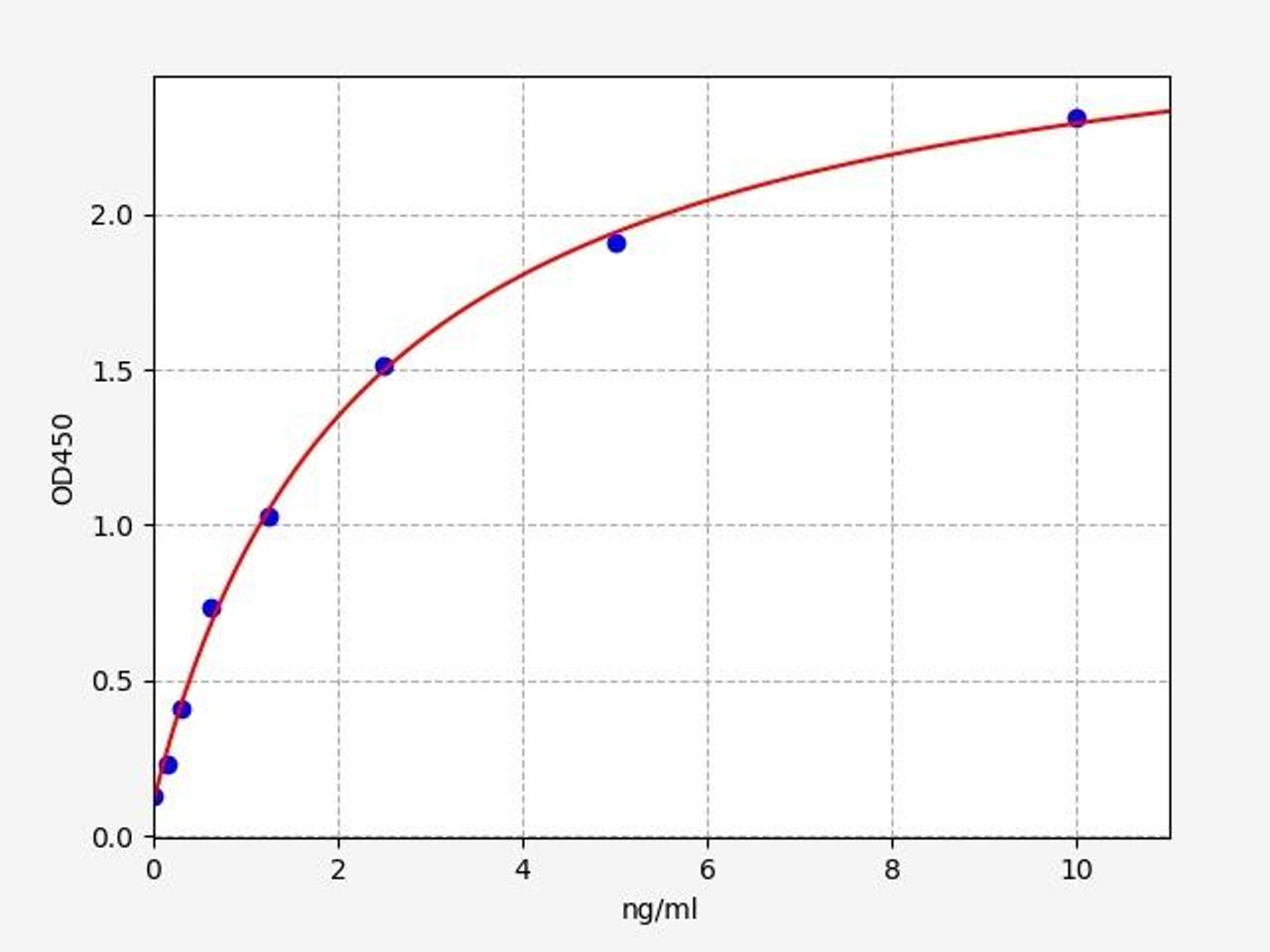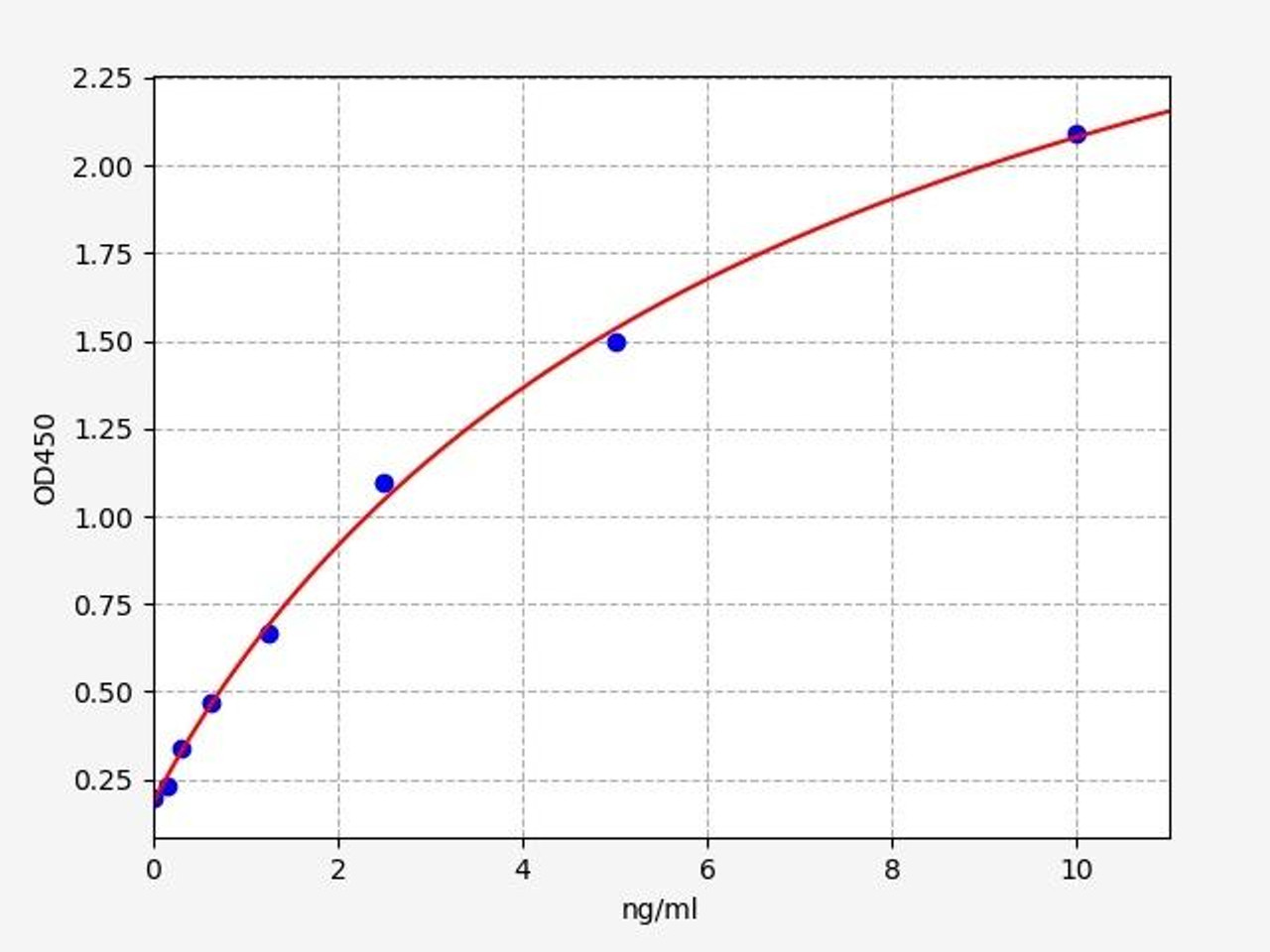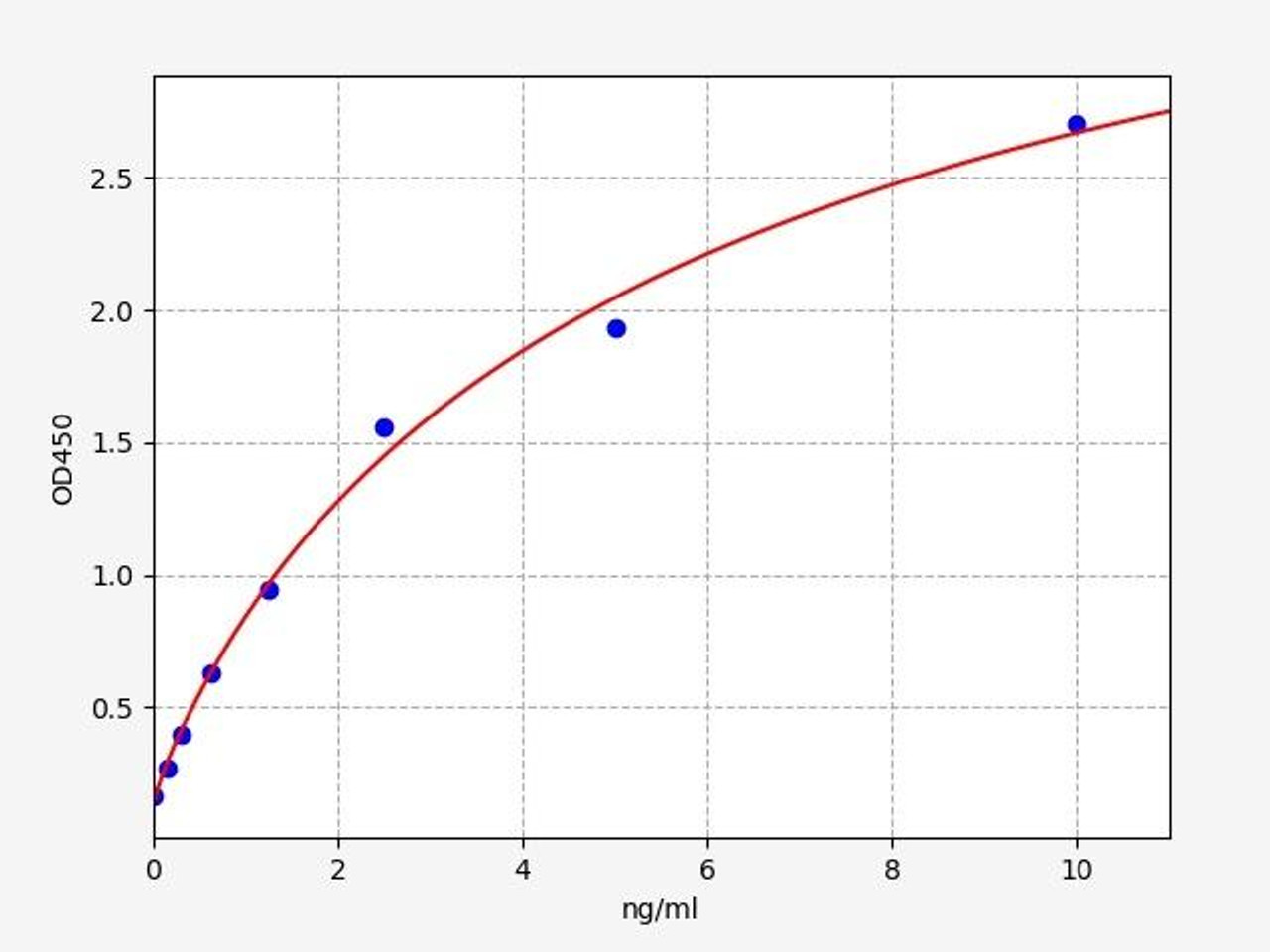Stem Cells: What Are They and How They Can Help Treat Diseases
Stem Cells: What are they and how they can help treat diseases
Stem cells are a unique population of cells that possess the ability to self-renew and differentiate into specialized cell types. They play crucial roles in tissue maintenance, repair, and regeneration throughout life. Stem cells have the potential to treat diseases, injuries, and degenerative conditions. Stem cells are used medical procedures like bone marrow transplants. Stem cells' versatile nature and vital functions make them a subject of intense scientific exploration and therapeutic potential.
Table of Contents
Jump to a section:
What are Stem Cells?
Stem cells are undifferentiated cells that have the capacity to develop into different cell types and tissues. They possess two essential characteristics: self-renewal, the ability to divide and produce identical copies of themselves, and potency, the capacity to differentiate into specialized cell types.
Schematic of Stem Cell Sources
Where do Stem Cells Come From?
Stem cells can be obtained from various sources. The different sources of stem cells include:
Embryonic stem cells (ESCs)
- Derived from the inner cell mass of early embryos.
- Pluripotent, capable of differentiating into all three germ layers.
Induced pluripotent stem cells (iPSCs)
- Generated by reprogramming adult cells to an embryonic-like state.
- Share similar characteristics with embryonic stem cells.
- Offer a valuable alternative for studying disease mechanisms and developing patient-specific therapies.
Adult stem cells (ASCs)
- Also known as tissue-specific or somatic stem cells.
- Present in mature tissues throughout the body.
- Contribute to tissue homeostasis and repair.
- Multipotent, able to generate cell types specific to their tissue of origin.
Hematopoietic stem cells (HSCs)
- Found in bone marrow and cord blood.
- Give rise to all blood cell types.
Mesenchymal stem cells (MSCs)
- Found in various tissues, such as bone marrow, adipose tissue, and umbilical cord tissue.
- Have the potential to differentiate into bone, cartilage, and fat cells, among others.
Neural stem cells (NSCs)
- Have the capacity to differentiate into various types of neural cells.
- Play a crucial role in the development and repair of the nervous system.
Types of Stem Cells
Stem cells can be classified into different types based on their differentiation potential:
Totipotent Stem Cells
Totipotent stem cells possess the highest level of differentiation potential among all stem cells. They have the remarkable ability to differentiate into any cell type, including both embryonic and extra-embryonic tissues such as the placenta. These cells are present in the early stages of development, starting from the zygote (fertilized egg) to the early blastocyst stage. During this period, totipotent cells play a crucial role in the formation of all the specialized cell types needed to develop a complete organism. The extraordinary plasticity of totipotent stem cells holds great significance in early embryonic development and has significant implications for areas of research such as developmental biology and assisted reproductive technologies.
Pluripotent Stem Cells
Pluripotent stem cells possess the ability to differentiate into cells belonging to all three germ layers: ectoderm, mesoderm, and endoderm. These cells have the potential to develop into a wide range of cell types found throughout the body. However, unlike totipotent cells, pluripotent stem cells cannot give rise to extra-embryonic tissues such as the placenta. Embryonic stem cells (ESCs), derived from early-stage embryos, and induced pluripotent stem cells (iPSCs), generated through reprogramming of adult cells, are prominent examples of pluripotent stem cells.
Multipotent Stem Cells
Multipotent stem cells exhibit a more limited differentiation potential compared to totipotent and pluripotent cells. These specialized cells are capable of differentiating into a specific range of cell types within a particular lineage or tissue. Unlike embryonic stem cells, multipotent stem cells are found in adult tissues and serve as a vital resource for tissue repair and regeneration. Hematopoietic stem cells (HSCs) and mesenchymal stem cells (MSCs) are prime examples of multipotent stem cells.
| Stem Cell Type | Source | Differentiation Potential |
|
Embryonic Stem Cells (ESCs) |
Inner cell mass of embryos |
Pluripotent |
|
Induced Pluripotent Stem Cells (iPSCs) |
Reprogrammed adult cells |
Pluripotent |
|
Adult Stem Cells (ASCs) |
Mature tissues |
Multipotent |
|
Hematopoietic Stem Cells (HSCs) |
Bone marrow, cord blood |
Multipotent |
|
Mesenchymal Stem Cells (MSCs) |
Bone marrow, adipose tissue, umbilical cord tissue |
Multipotent |
|
Neural Stem Cells (NSCs) |
Nervous system |
Multipotent |
Stem Cell Technology
Stem cell technology holds immense potential for various applications in the fields of regenerative medicine, disease modeling, and drug discovery. Their unique characteristics, such as self-renewal and the ability to differentiate into different cell types, offer promising avenues for addressing unmet medical needs. Some of the potential uses of stem cells include:
Stem Cell Therapy
Stem cell therapy, also known as regenerative medicine, is a cutting-edge approach that utilizes the unique properties of stem cells to promote healing and repair damaged tissues in the body. They have the potential to regenerate new cells, promote tissue healing, and restore normal function in conditions such as heart disease, spinal cord injuries, and degenerative disorders. Ongoing research and clinical trials are focused on optimizing the therapeutic potential of stem cell therapy and ensuring its safety and long-term efficacy for patients.
Disease Modeling
Stem cells provide a valuable tool for studying diseases in a laboratory setting. By reprogramming adult cells into induced pluripotent stem cells (iPSCs), scientists can generate disease-specific cell lines that mimic patient-specific conditions. This enables researchers to better understand disease mechanisms, develop new therapies, and screen potential drugs.
Cellular Therapies
Stem cells, particularly hematopoietic stem cells (HSCs) and mesenchymal stem cells (MSCs), have been utilized in cellular therapies such as bone marrow transplantation and immunotherapy. These therapies aim to restore normal blood cell production, enhance immune responses, and treat certain cancers.
Drug Discovery and Testing
Stem cells offer a renewable source of cells for drug discovery and toxicity testing. They can be differentiated into specific cell types relevant to drug targets or organs affected by diseases. This allows for more accurate assessment of drug efficacy, safety, and potential side effects before clinical trials, potentially reducing costs and ethical concerns.
Tissue Engineering
Stem cells play a crucial role in tissue engineering, where artificial organs and tissues are created in the lab for transplantation. By combining stem cells with scaffolds and bioactive molecules, researchers aim to regenerate functional tissues like skin, cartilage, and blood vessels to address tissue loss and organ failure.
Stem Cell Treatment
Stem cell treatment, also known as stem cell therapy, utilizes the properties of stem cells to address a variety of medical conditions. This innovative treatment involves the administration of stem cells, either from a patient's own body or from a donor, to promote tissue repair, regeneration, and healing. Stem cells have the unique ability to differentiate into different cell types, making them an invaluable resource for replacing damaged or dysfunctional cells in the body.
Researchers are actively investigating the potential of stem cells in treating other conditions, such as various degenerative diseases, such as Parkinson's disease, spinal cord injuries, and heart disease. These ongoing studies aim to explore the therapeutic benefits and safety of adult stem cells, paving the way for innovative approaches in disease management and regenerative medicine.
Stem Cell Transplants
Stem cell transplants, commonly referred to as bone marrow transplants or hematopoietic stem cell transplants, have already been utilized for the treatment of various diseases. In these transplants, stem cells are employed to replace damaged cells caused by chemotherapy or diseases. They can also serve as a means for the donor's immune system to combat certain types of cancer and blood-related disorders, including leukemia, lymphoma, neuroblastoma, and multiple myeloma. Adult stem cells or umbilical cord blood are typically utilized in these transplants.
Stem Cell Research: Pros and Cons
Stem cell research has generated both excitement and controversy due to its potential benefits and ethical concerns. On the positive side, it holds the promise of groundbreaking medical advancements, offering potential cures or treatments for diseases like Parkinson's, Alzheimer's, and spinal cord injuries. Stem cells' regenerative properties also open doors for regenerative medicine and personalized treatments.
The field of stem cell research raises important ethical considerations due to the sources and potential uses of these cells. The primary ethical debate surrounds the use of embryonic stem cells, which involves the destruction of human embryos. This raises ethical concerns related to the beginning of human life and the moral status of the embryo. The controversy revolves around differing views on when personhood begins and the inherent value attributed to human embryos. In 2009, the National Institutes of Health (NIH) established comprehensive guidelines to govern human stem cell research. These guidelines serve as a framework for defining the scope and permissible applications of embryonic stem cells in scientific investigations. Additionally, the International Society for Stem Cell Research (ISSCR) has issued ethical guidelines that emphasize responsible conduct in stem cell research, encompassing aspects such as informed consent, transparency, and respect for human dignity.
Ethical alternatives have emerged, such as the use of adult stem cells and induced pluripotent stem cells (iPSCs), which do not involve the destruction of embryos. Adult stem cells can be sourced from various tissues in the body, and iPSCs are generated by reprogramming adult cells. These ethically acceptable approaches have provided alternative avenues for research and therapeutic applications.
Stem Cell ELISA Kits
Stem Cell Differentiation
Stem cell differentiation refers to the process by which unspecialized stem cells transform into specialized cell types with specific functions in the body. The process of stem cell differentiation involves a series of sequential stages that guide the transformation of stem cells into specialized cell types. These stages are vital for the development and maturation of various tissues and organs.
1. Stem Cell Proliferation
In this initial stage, stem cells undergo active division, leading to an increase in cell population. The proliferation process is tightly regulated by the interplay of growth factors and the surrounding microenvironment. These factors provide essential signals for cell division and ensure controlled expansion of the stem cell pool.
2. Stem Cell Commitment
Once stem cells have proliferated, they enter the commitment stage where they make crucial decisions regarding their future developmental path. During this stage, specific transcription factors and environmental cues guide the stem cells to commit to a particular lineage or cell fate. This commitment sets the foundation for subsequent differentiation events.
3. Stem Cell Maturation
Following commitment, stem cells proceed to the maturation stage. Here, they undergo a series of complex molecular and cellular changes that lead to the acquisition of specific characteristics associated with their destined cell type. Transcription factors play a pivotal role in orchestrating these changes, regulating gene expression patterns that drive the differentiation process. The extracellular microenvironment also contributes by providing essential signals and cues necessary for guiding the maturation process.
4. Stem Cell Functional Specialization
The final stage of stem cell differentiation is functional specialization. During this stage, fully differentiated cells acquire the unique functions and specialized properties that define their specific cell type. They develop the structural, biochemical, and physiological features necessary to carry out their intended roles within the tissue or organ. Transcription factors continue to play a role in maintaining the specialized functions of these mature cells, ensuring their proper functioning within the complex biological systems.
Schematic of Stem Cell Differentiation
Regulation of Stem Cell Differentiation
Stem cell differentiation is tightly regulated by various factors, including transcription factors, signaling pathways, epigenetic modifications, microenvironmental cues, and metabolic factors. Transcription factors control gene expression, while signaling pathways and microenvironmental cues guide cell fate decisions. Epigenetic modifications and metabolic factors also influence stem cell differentiation. Understanding these regulatory mechanisms is essential for precise manipulation of stem cells and advancing regenerative medicine.
Related Stem Cell Resources
Stem Cells and Therapeutic Cloning
Therapeutic cloning has been a topic of intense scientific and ethical debate in the field of stem cell research. Cloning involves creating genetically identical copies of organisms or cells. In the context of stem cells, cloning techniques have been explored to generate embryonic stem cells that are genetically matched to a specific individual, potentially bypassing issues of immune rejection. This process, known as therapeutic cloning or somatic cell nuclear transfer (SCNT), involves replacing the nucleus of an egg cell with the nucleus of a somatic cell, resulting in the development of an early-stage embryo from which embryonic stem cells can be derived.
Therapeutic cloning holds significant promise for personalized regenerative medicine, as it could provide a renewable source of patient-specific stem cells for transplantation and disease modeling. Recent studies have explored the potential of stem cells and somatic cell nuclear transfer (SCNT) in the context of COVID-19. Stem cells, with their regenerative and immunomodulatory properties, hold promise for treating respiratory complications and modulating immune responses associated with COVID-19.
Written by Lauryn McLoughlin
Lauryn McLoughlin completed her undergraduate degree in Neuroscience before completing her masters in Biotechnology at University College Dublin.
Recent Posts
-
Metabolic Exhaustion: How Mitochondrial Dysfunction Sabotages CAR-T Cell Therapy in Solid Tumors
Imagine engineering a patient's own immune cells into precision-guided missiles against cancer—cells …8th Dec 2025 -
The Powerhouse of Immunity: How Mitochondrial Fitness Fuels the Fight Against Cancer
Why do powerful cancer immunotherapies work wonders for some patients but fail for others? The answe …5th Dec 2025 -
How Cancer Cells Hijack Immune Defenses Through Mitochondrial Transfer
Imagine a battlefield where the enemy doesn't just hide from soldiers—it actively sabotages their we …5th Dec 2025








